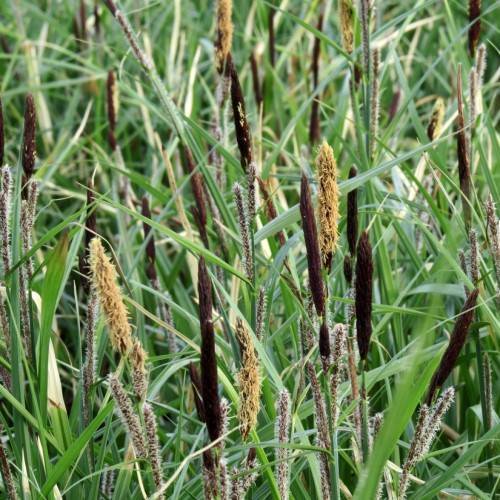
Polar Sedge
Carex arctiformis
Watering:
Frequent
Hardiness Zone:
Flowers:
Flowers
Sun:
Sun, Partial Shade
Fruits:
Fruits Ready In
Leaf:
Yes
Growth Rate:
Low
Salt Tolerant:
Yes
Care Level:
Medium
watering
Calcareous Water Sedge (Carex aquatilis var. substricta) should be watered twice a week, though frequency may vary depending on environmental conditions. The amount of water each time should be sufficient to keep the soil evenly moist, but not saturated. Water in the morning so that the leaves can dry off during the day, as wet foliage may encourage disease. If possible, fertilize the plant every 4 to 6 weeks with a liquid fertilizer that is low in phosphorus and high in phosphorus and potash.
sunlight
Calcareous Water Sedge (Carex aquatilis var. substricta) needs full sun to partial shade, meaning it needs around 6 hours of direct sunlight each day to thrive. It prefers morning sun with a little bit of afternoon shade, though can also tolerate full sun in regions with cooler summer temperatures. In areas with hotter summer months, the plant should be provided with some shade in the late afternoon to protect it from wilting. It should be grown in consistently moist soils yet will tolerate some periods of drought.
pruning
Calcareous Water Sedge (Carex aquatilis var. substricta) should be pruned in late summer (from August to September) and only lightly. Pruning should focus on thinning the center of the clump by removing old, yellowing leaves and stems, but no more than 1-third of the clump should be removed at any 1 time. Taking care not to damage the crown of the plant, any dead foliage may also be cut back. Pruning this hardy plant species helps keep it in shape and also encourages new, fresh growth.
